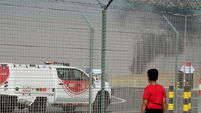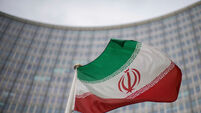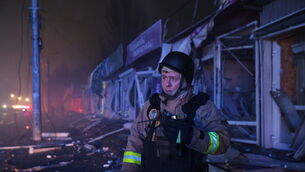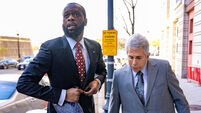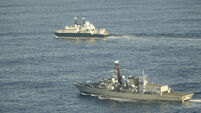Security tightened after New York terror threat
“If I’m going to make a mistake, you can rest assured it is on the side of being cautious,” Mr Bloomberg said at a news conference, flanked by Police Commissioner Ray Kelly. But he stressed that he did not think that any mistake had been made.
“We did exactly the right thing,” Mr Kelly said.







